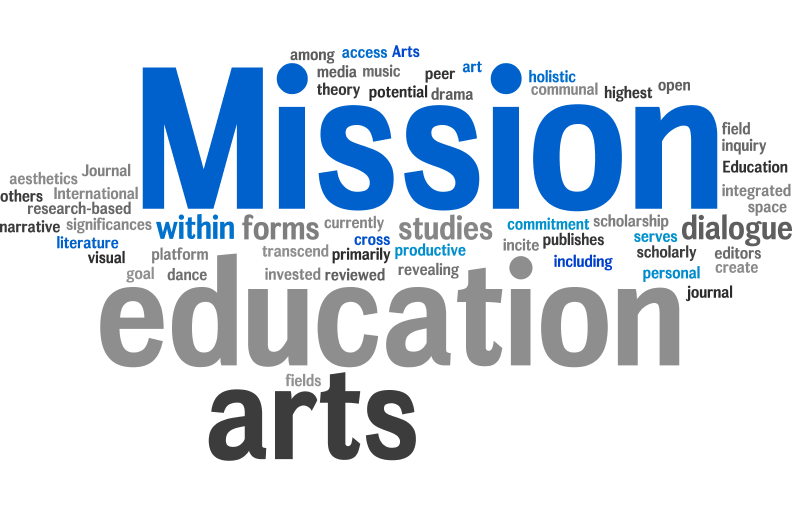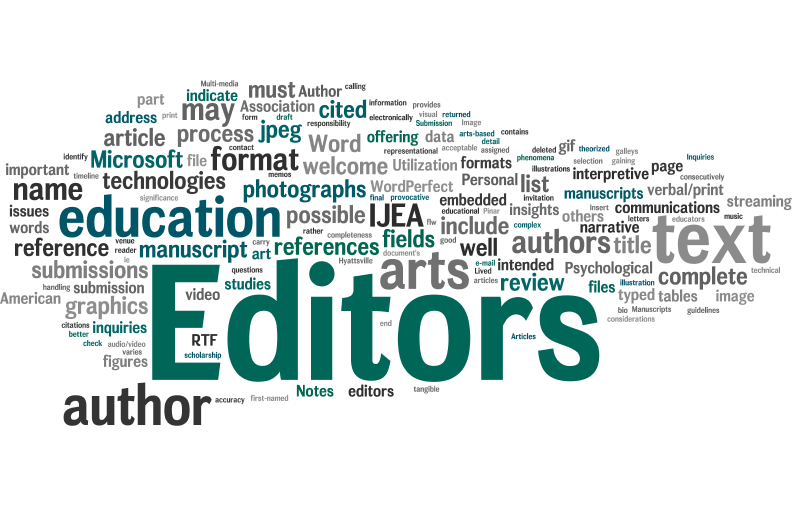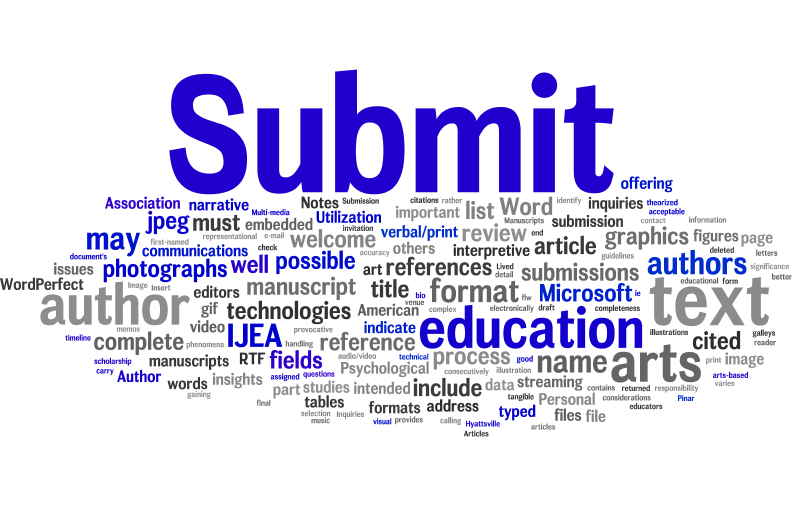| Volume 23 Number 16 | December 9, 2022 |
What’s Up with Aural Training Using WhatsApp: Enhancing Student Well-Being Amidst Mobile Learning Obstacles
Sonja Cruywagen
University of Pretoria, South Africa
Debra Joubert
North-West University, South Africa
Hester Rhoodie
University of Pretoria, South Africa
Citation: Cruywagen, S., Joubert, D., & Rhoodie, H. (2022). What’s up with aural training using WhatsApp: Enhancing student well-being amidst mobile learning obstacles. International Journal of Education & the Arts, 23(16). http://doi.org/10.26209/ijea23n16
Abstract
The tertiary aural training environment provides a foundation for music students to understand, learn, and experience music through live interaction between lecturer and student. During the COVID-19 pandemic, the aural training lecturer at our university was compelled to move classes to an online platform accessible to all students, namely WhatsApp. This qualitative case study was conducted in 2020 to understand better whether aural training students experienced well-being during mobile teaching and learning amid the COVID-19 pandemic. In the WhatsApp aural training environment, there was a lack of immediate aural transmission, and the lecturer was unable to assess students’ instantaneous aural skills development. There were 11 participants representing two-year groups in this qualitative study. The participants were five first-year and six second-year music students who attended online aural training classes during the COVID-19 pandemic. The lecturer shared module content with students through WhatsApp using videos, voice recordings, and audio-visual material. Research data were collected through individual online interviews, WhatsApp voice and video recordings, and images. Thematic analyses revealed that the lecturer was able to facilitate an accessible online aural learning environment which enhanced the students’ sense of belonging within their smaller groups, although not necessarily within the group as a whole. The students perceived the environment as inclusive, and—as they all had to endure similar circumstances—they were strengthened by a sense of compassion, togetherness, and understanding.
Visual Abstract





